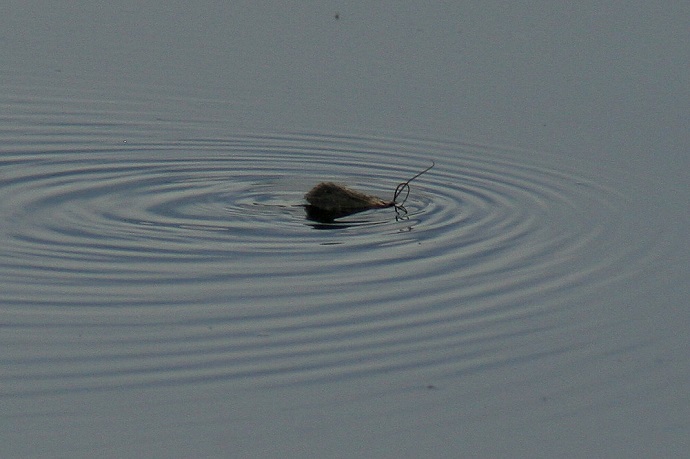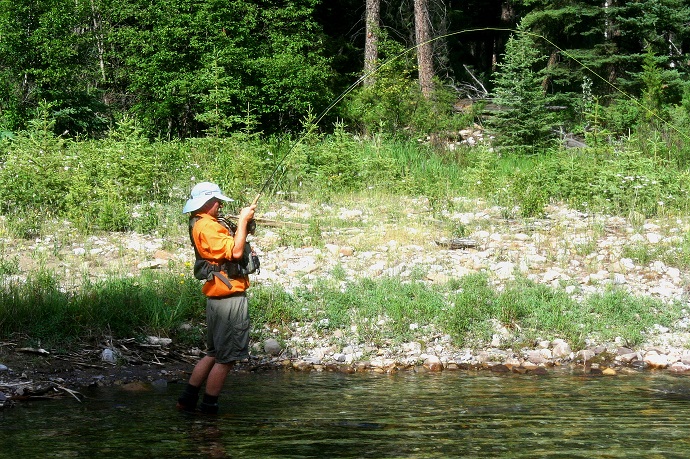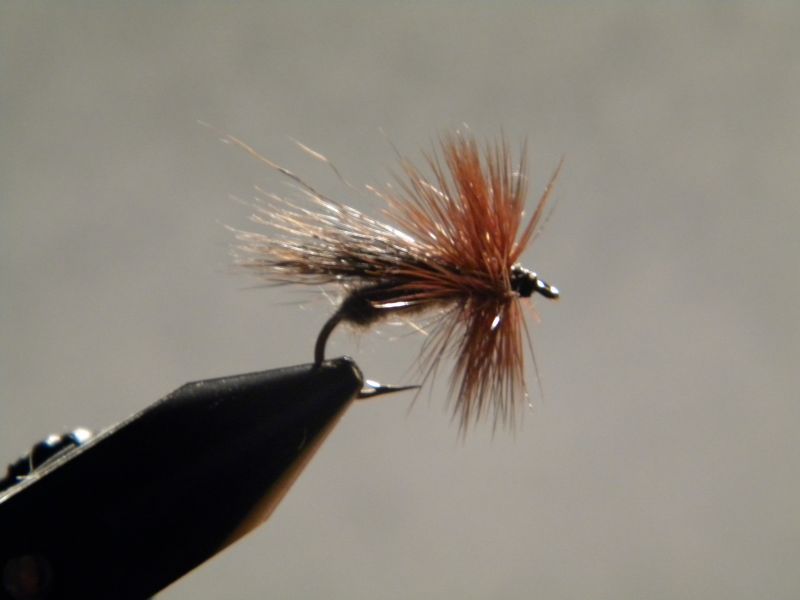Search
Latest Articles
Caddis Fly: Don’t Leave Home Without it
by Gerry Frederick for Anglers Club Magazine, August 27, 2015
More than 1,200 caddis species inhabit the rivers and lakes of North America. Caddis hatches are often the first to appear in April and occur right through October. Now don’t ask me to identify all 1,200.It’s really not necessary. Good thing. There are about six that are important to the fly fishers in the Rockies and the Pacific Northwest. One of the most common of the six is the American Grannom. That’s the one we see the most often throughout the summer.
Another factor contributing to the caddis fly popularity has to be the hatches. They are relatively heavy and occur often. In the summer there are caddis flies hatching on just about every body of water just about every evening. They look a lot like the run of the mill moth but fly a lot faster. On the calm evenings when the wind doesn’t blow them away or drive them off the water to the bushes, they can be seen flying around looking for a date.
For the fly fisherman caddis flies come in just a few sizes, 14 to 8 (1/4 of an inch to 1 1/4 inches). The colours vary from bright green to very light beige. October caddis has a very distinct orange body. The basic presentation is moving across the top of the water or nymphs drifting with the current near the bottom. The best caddis nymphs are weighted to sink. Bead head flies are useful to get the fly down to the rocks.
Picture by www.pinstopin.com
I believe that caddis flies are responsible for catching more trout than any other fly in the box. That’s a mouthful I know, but fly fishers count on the caddis to save the day a lot more than they admit. In streams they’re one of the most common food items for trout. The simple reason is that the fish see some sort of caddis every day, in some form or another.
Another reason is that they are easy to fish. And that’s the big one for me. There are too many flies out there that are tough to fish or require a difficult cast. Heck, trout even take a dry caddis fly when it’s six inches under the water. They don’t seem to be too worried if it’s the wrong colour or size either. In the late summer and early fall, trout go nuts for the famous October caddis any way you present it.
I have read about, and experienced for myself, the amazing act of trout beaching themselves after chasing a caddis fly too close to the water’s edge. On one evening I was witness to this, I had to kick the trout back in the water with my foot. When I was standing in the water, up to my knees, I could feel them crashing into my legs. You got it, it was as spooky as fly-fishing can get.
So the point here is that because the fish are crazy for caddis flies, so are the fly fisherman (or they should be). My very first exposure to fly-fishing was dragging a fly on the top of the water behind a worm bobber, trying to imitate an adult caddis. That was 1972 and I had an evening to remember. I’m still very much a caddis fan.
When you arrive at the water’s edge and you don’t see any bugs flying around, then look in the bushes and trees for them. Give the branches a good shake and see what flies out. Note the size first of all then the body color if possible. Watch how they move on the water if you can. This will give you a head start before you open the fly box.
If you just can’t see any caddis flies or you’re not sure what you see when they’re present, tie on a size 12 green body caddis dry and start casting. Move the fly at different speeds across the surface of the water and see what happens. The best top water action for caddis flies is after supper. It won’t take very long for you to become a caddis lover too. Who knows, maybe it will be caddis that turns you into a fanatic too.
Reprinted with permission of Anglers Club Magazine.


